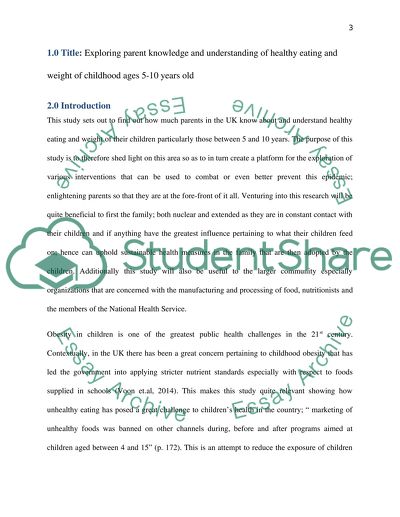Cite this document
(Exploring Parent Knowledge and Understanding of Healthy Eating and Research Proposal, n.d.)
Exploring Parent Knowledge and Understanding of Healthy Eating and Research Proposal. Retrieved from https://studentshare.org/health-sciences-medicine/1684418-prevention-of-childhood-obesity-5-10years-old
Exploring Parent Knowledge and Understanding of Healthy Eating and Research Proposal. Retrieved from https://studentshare.org/health-sciences-medicine/1684418-prevention-of-childhood-obesity-5-10years-old
(Exploring Parent Knowledge and Understanding of Healthy Eating and Research Proposal)
Exploring Parent Knowledge and Understanding of Healthy Eating and Research Proposal. https://studentshare.org/health-sciences-medicine/1684418-prevention-of-childhood-obesity-5-10years-old.
Exploring Parent Knowledge and Understanding of Healthy Eating and Research Proposal. https://studentshare.org/health-sciences-medicine/1684418-prevention-of-childhood-obesity-5-10years-old.
“Exploring Parent Knowledge and Understanding of Healthy Eating and Research Proposal”, n.d. https://studentshare.org/health-sciences-medicine/1684418-prevention-of-childhood-obesity-5-10years-old.


